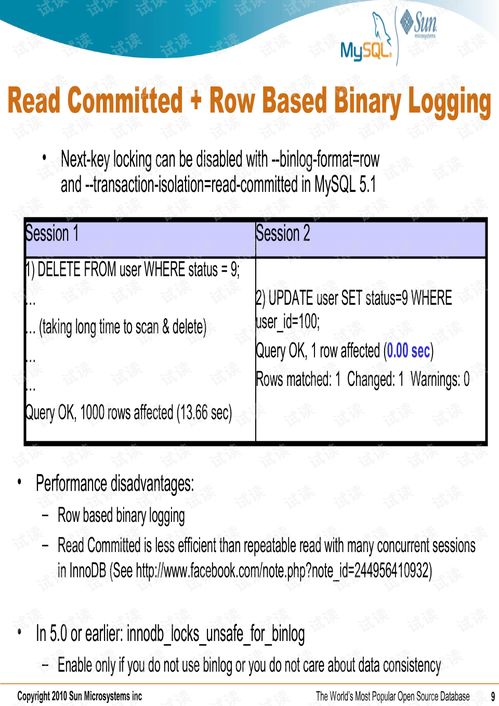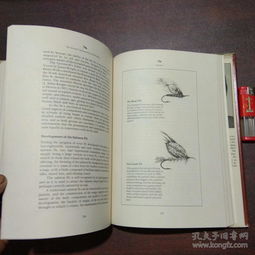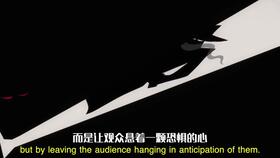Content:
In the realm of traditional fishing techniques, the use of zongye, or bamboo leaves, to catch fish is a unique and ancient method that has been passed down through generations. This article delves into the art of fishing with zongye, providing you with a comprehensive guide through a tutorial video that will help you master this fascinating skill.
Understanding Zongye Fishing

Zongye fishing, also known as bamboo leaf fishing, is a traditional method used in some parts of China. It involves using bamboo leaves as natural bait to attract fish. The leaves are known for their sweet scent, which is appealing to many species of fish. This method is not only eco-friendly but also a testament to the ingenuity of our ancestors.
The Tutorial Video: A Step-by-Step Guide
To help you get started with zongye fishing, we have compiled a detailed tutorial video that covers all the essential aspects of this technique. Below is a summary of the key points covered in the video.
Choosing the Right Zongye
- The video emphasizes the importance of selecting fresh and undamaged bamboo leaves. These should be green and free from any signs of decay or insects.
- It's also important to note that the size of the leaves can vary depending on the fish you're targeting. Larger leaves are better for bigger fish, while smaller leaves are suitable for smaller species.
Preparing the Bait
- The tutorial shows how to prepare the bamboo leaves for use as bait. This involves cleaning the leaves and removing any tough stems or fibers.
- The leaves are then rolled into tight tubes, which helps to concentrate their scent and make them more appealing to fish.
Setting Up the Fishing Line
- The video demonstrates how to tie the bamboo leaf bait to a fishing line. It's crucial to ensure that the knot is secure to prevent the bait from falling off.
- The length of the line should be appropriate for the fishing spot. In zongye fishing, the line is often left unweighted, allowing the bait to float naturally.
Choosing the Fishing Spot
- The tutorial highlights the importance of selecting the right fishing spot. This can vary depending on the type of fish you're targeting.
- Areas with dense aquatic vegetation, such as reeds or water lilies, are often ideal as they provide cover and attract fish.
Fishing Techniques
- The video provides a demonstration of the various techniques used in zongye fishing, including the timing of casting and retrieving the bait.
- It's important to be patient and allow the bait to float naturally in the water. Aggressive movements can spook the fish.
Safety and Environmental Considerations
- The tutorial stresses the importance of safety when fishing with zongye. This includes being aware of your surroundings and avoiding dangerous areas.
- It also emphasizes the importance of environmental responsibility, such as not overfishing and leaving the area as you found it.
Conclusion
Fishing with zongye is a unique and rewarding experience that offers a glimpse into the past. By following the comprehensive tutorial video provided, you can master the art of zongye fishing and enjoy the tranquility and satisfaction that comes with this traditional method.
Remember, the key to success in zongye fishing lies in patience, attention to detail, and a deep respect for the environment. With practice and experience, you'll be able to catch fish using this ancient technique with ease and grace.
So, what are you waiting for? Grab your fishing gear, find a serene water body, and embark on an adventure that combines the beauty of nature with the skill of traditional fishing. Happy fishing!












